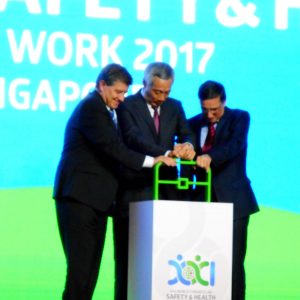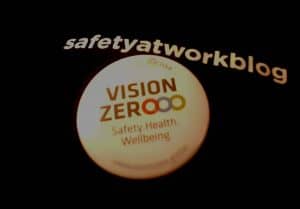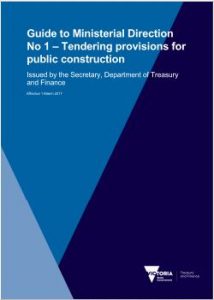
It has been noted that the recent World Congress on Safety And Health at Work had “Vision Zero” as one of its three themes. It was curious that the opening remarks of Singapore’s Prime Minister, Lee Hsien Loong (pictured right), did not mention Vision Zero at all. In fact he was quite measured in his speech which placed him in a better position to argue for real safety targets and initiatives.
In contrast to many business leaders, and some of the speakers at the World Congress, the Prime Minister stated that
“workplace accidents and injuries are almost always preventable.”

 A major theme of the
A major theme of the  Innes Willox of the
Innes Willox of the  Innovation in occupational health and safety (OHS) is often encouraged by government but government processes and policy can also discourage and limit this. An obvious example is where government insists on compliance with OHS laws in its tendering criteria but acknowledges that the tender safety criteria remains outdated and, privately, that OHS compliance is not enough to ensure a safe and healthy workplace.
Innovation in occupational health and safety (OHS) is often encouraged by government but government processes and policy can also discourage and limit this. An obvious example is where government insists on compliance with OHS laws in its tendering criteria but acknowledges that the tender safety criteria remains outdated and, privately, that OHS compliance is not enough to ensure a safe and healthy workplace.